RunForTheHills
1 kW
You could also print some custom cable guides and use colored cable for a unique look:
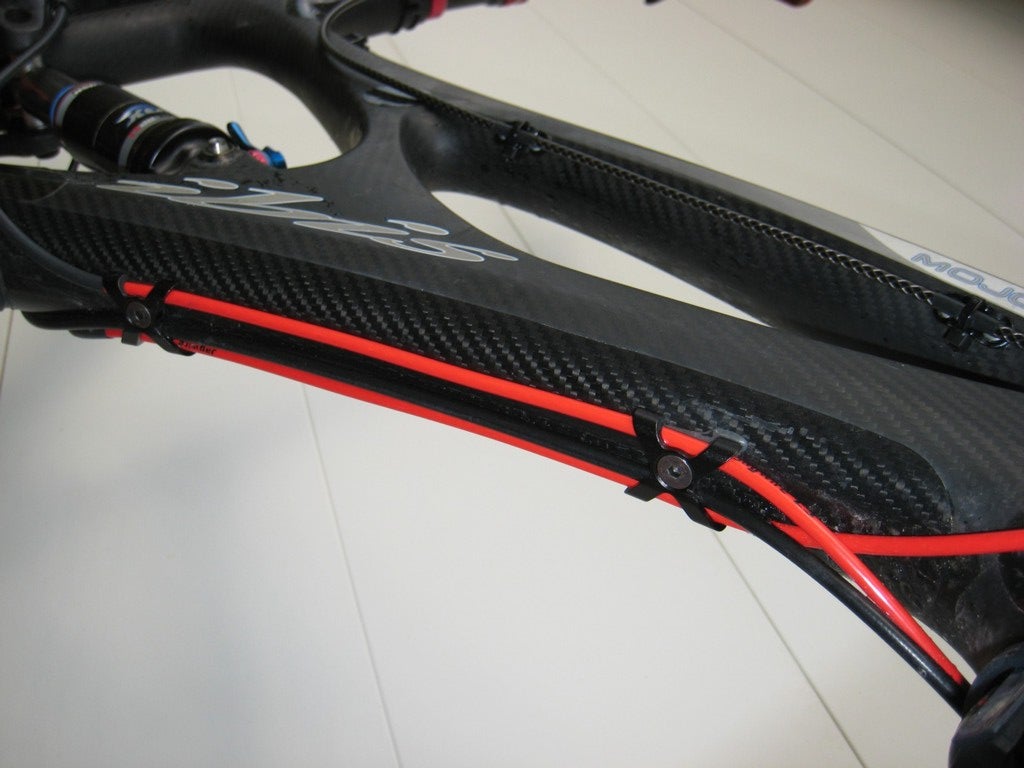

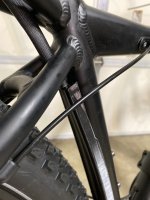
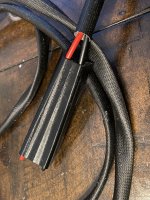
Thanks. I don’t need to glue the sections together. They will be stuck to the frame with double sided tape. Also, final print will probably be ABS+ for slightly better heat resistance.Looks very nice! I do a fair bit of printing myself & really like PETG for its toughness. What did you glue the sections together with? PETG is notoriously difficult to glue!
Not to knock its use at all, everybody has their own filaments that they like (I use carbon fiber-filled PETG way more than I actually need to use it, for its price point). But I'm curious, how much regular heat are you expecting from wire covers on a bike that you'll need to go up to ABS? I think PETG is gonna be just fine with its heat- and UV-resistance and toughness.Also, final print will probably be ABS+ for slightly better heat resistance.
Gotcha, that makes sense. You must live in a hot climate.If it might at some point end up in the back of my SUV then PLA and PETG are out. That is usually my metric. If it will ever be under the summer sun, then PLA is out of the question. PETG has survived my direct sunlight tests, but not car in the summer tests.
San Gabriel Valley, SoCal.Gotcha, that makes sense. You must live in a hot climate.
I would recommend 250C for the nozzle, and 95C-100C for the bed. Glass plus glue stick works perfect for me.Interesting filament, looks cheap too at $18-22/kg! Gonna try it out, maybe a substitute for the expensive CF/PC I've been using.
Exceedingly clean look. My aesthetic is exposed, nicely wrapped wires, but it's hard to argue with your results. Looks great.
I don't print in ABS due to not having a way to vent the styrenes. I know printing any filament releases microparticles to some extent, but styrenes are particularly a no-no, and I have young children in the house and no second/outside location to print. Your results make me jealous though.
No argument there. Though I think it's not "gasses" persay, but rather the actual physical dust of CF particles being released into the air. From what I read, it basically just stays in the liquid filament as it gets extruded, but once printed, you need to be careful with drilling, cutting or sanding prints. I try not to post process any CF prints at all for that reason.And what gasses are being released from the embedded CF dust?
Also no argument. I like using it because adding a bit of CF covers all the weaknesses that PETG has. So yeah, aesthetics: hides layer lines, hides uneven extrusion, warping practically disappears, much less oozing so more dimensionally accurate on the finer details, no more shiny translucent surfaces. Stiffer, but still holding on to a good chunk of PETG's flexibility, so it doesn't just crack and shatter as much as a PLA part. If you really want CF for added stiffness, you can seek out the brands that specifically use strands and/or chopped fibers, rather than powder. But for the aesthetics and print functionality that I mentioned above, even the powdered variations still lend their properties enough to make a difference in those areas.PETG is still a damn fine material to print with. I've never bothered with CF dust additive because all the tests I've seen show that it is mostly aesthetics over performance. Parts are more brittle... stiffer, but not stronger.
Thanks for the heads up, I read the same reports as well today when you mentioned ABS+. I'll have to keep it in my back pocket.But there was no noticeable odor or side-effects/headache while printing indoors with this filament. I'm sure it is low styrene... not styrene free, but much less than pure ABS. There are reports that acetone has little to no effect, so that tracks.
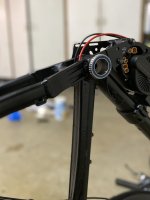

It seems what is actually happening is the CA glue is creating a hard perspex or acrylic top coat that is very well bonded to into the ABS+.Hmm...I'll have to experiment with that for my "wolfy bones" to see if helps them out (still experimenting with printing them different ways as I have time, but layer separation still happens here and there under bending stresses); I have this
View attachment 349116
that I keep around for various things (also have the thick gooey version).
Chemical Reaction: Cyanoacrylate adhesives react with the surface of ABS, forming strong chemical bonds. The molecules in the glue form chains that interlock with the molecules on the ABS surface, creating a tight bond.
That's a fascinating observation! It sounds like the application of super glue acted as a form of surface treatment or reinforcement for your ABS+ print, significantly improving its mechanical properties. Here are a few reasons why this might have occurred:
Overall, it's a great example of how different materials and techniques can be combined to achieve remarkable results in 3D printing. It's always exciting to discover new ways to improve the performance of printed parts!
- Chemical Bonding: As mentioned earlier, super glue forms strong chemical bonds with ABS. By coating the surface of your print with super glue, you essentially created a new layer that bonded tightly to the existing ABS material. This can help reinforce weak spots and prevent further delamination.
- Filling Gaps: Super glue has a low viscosity, allowing it to flow into small gaps and cracks in the print surface. This can help fill in any voids or imperfections, improving the overall structural integrity of the part.
- Increased Strength and Flexibility: The combination of ABS and super glue may have resulted in a composite material with enhanced properties. The ABS provides strength and rigidity, while the super glue adds flexibility and toughness. This can result in a part that is stronger and more resistant to deformation.
- Surface Smoothing: Super glue can also help smooth out rough surfaces, reducing stress concentrations and improving the overall appearance of the print. This can further enhance the part's mechanical properties and durability.
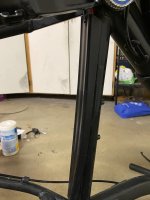
It was chatGPT that recommended me to wait until the CA layer was dry, but tacky and then wet sand… and that was some damn good advice.Yeah, I've had the XTC-3D in a list of stuff to try out as time/money/needs happen coincidentally. One link to it
I've used Smooth-On stuff for more than two decades with great success in casting stuff, so this stuff probably also works.
Regarding ChatGPT...it's pretty good at sort of summarizing things but it is not good at drawing accurate conclusions even from very specific input. Assuming that last post with the list is from there, it sounds like it has picked every possible reason that it could be better and said it is what happened.(it's done that to me many times I've asked it questions)
It probably does have to do with all those things, but I'm not sure if CA does actually chemically bond with the stuff it's applied to, or just *mechanically* bond with it. I've never investigated the actual bonding mechanisms or really read up on them.
I do know from long experience building models (out of *everything*) and displaying them under various conditions that repeated cold/warm cycling will fracture the bonds and parts will just fall off, just sitting there in the display case. (even tiny lightweight ones) Wouldn't happen on every part...but it shouldn't happen on any of them. Was a couple decades (more?) ago that I last built such models, but it could take just a few weeks to months for the problem to happen, if it was going to.
